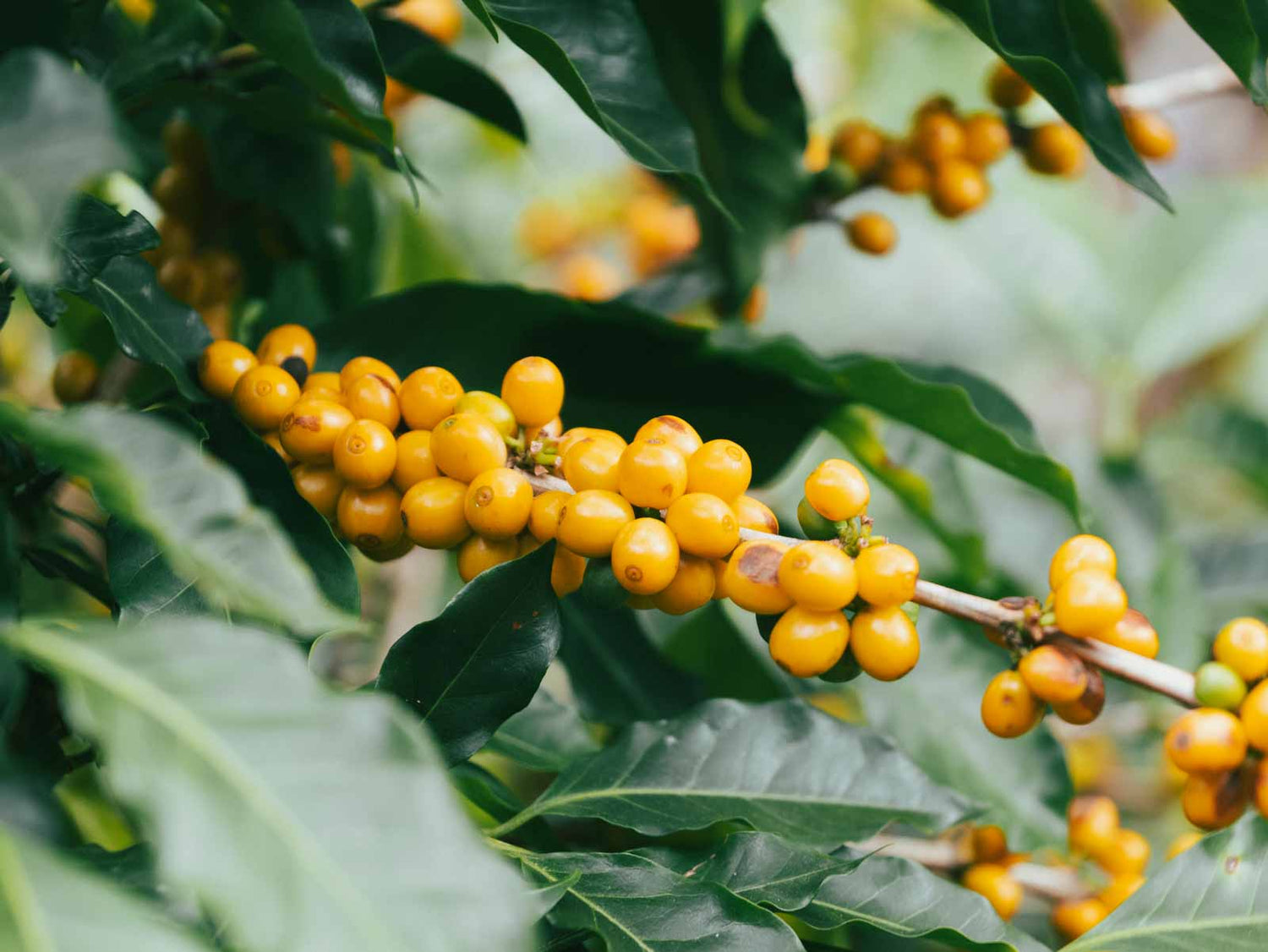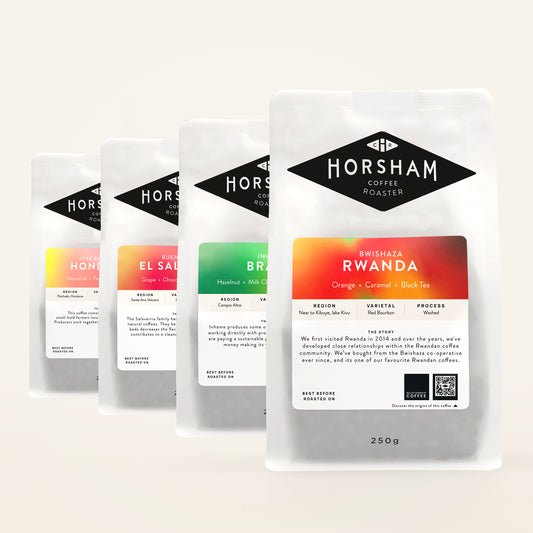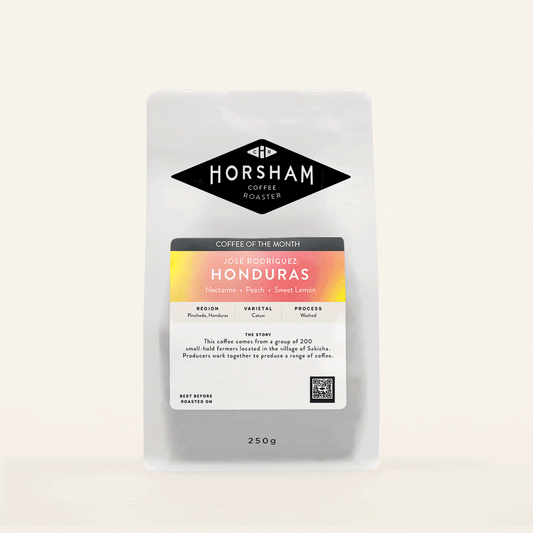
COFFEE FROM
Mexico
Mexico has several coffee producing regions with 90% of production from four states in the south: Chiapas, Veracruz, Oaxaca, and Puebla. A range of processing methods are used including washed and natural processing allowing for a diverse range of flavour profiles.

Overview
Coffee cultivation in Mexico has deep historical roots, dating back to the late 18th century when coffee plants were introduced from the Caribbean. By the late 19th century, coffee had become a significant export crop, particularly in the southern states such as Chiapas, Veracruz, and Oaxaca, which remain key growing regions today due to their favorable climates and high altitudes.
Historically, coffee production in Mexico was shaped by large estates, often controlled by foreign or wealthy domestic landowners. However, after the Mexican Revolution (1910–1920), land reforms led to the redistribution of land, and many large estates were broken up into smaller plots. This created a coffee sector dominated by smallholder farmers, a characteristic that still defines the industry.
Chiapas remains the largest coffee-producing state, accounting for around 40% of national output. Oaxaca and Veracruz also produce significant quantities and are known for distinct flavour profiles. Mexican coffees are typically mild with a medium body, bright acidity, and subtle chocolate and nutty undertones, making them popular among specialty roasters.

Processing Methods
In Mexico, coffee processing methods vary by region, altitude, and producer resources, but the most common method—especially among smallholder farmers—is washed (wet) processing. However, natural and honey processing methods have gained popularity in recent years, particularly within the specialty coffee sector. Here's a breakdown of the main methods used:
Washed processing is still the most common method. After harvest, cherries are depulped (the outer fruit is removed), and the beans are fermented in tanks to remove the mucilage. They are then washed with clean water and dried, typically on patios or raised beds.
Some producers have moved over to natural processing. Whole coffee cherries are dried in the sun with the fruit still intact. Once dried, the outer layers are removed mechanically. Produces fruity, full-bodied coffees with complex and sometimes fermented notes. More common at higher elevations with dry climates.

Flavour Profiles
Washed (wet) processed Mexican coffees are known for their clean and balanced flavour profiles, typically featuring bright acidity and a medium body. Common tasting notes include citrus, green apple, red fruits, and soft chocolate or nutty undertones. These coffees are often grown in Chiapas, Oaxaca, and Veracruz, where high altitudes and traditional methods favor washed processing. The result is a smooth, crisp cup that’s well-suited to pour-over or filter brewing, offering clarity and subtle complexity comparable to Central American coffees, though often with a softer acidity.
In contrast, natural (dry) processed Mexican coffees tend to be more fruit-forward and bold, with lower acidity and a fuller body. These coffees often highlight flavors like blueberry, mango, peach, and other tropical or stone fruits, with secondary notes of chocolate, molasses, or even wine-like fermentation. While less common overall, naturals are becoming more common in Mexico, especially in experimental micro-lots from Oaxaca and Chiapas. They produce rich, complex cups that are especially appealing in espresso and cold brew, offering a deeper, more adventurous flavour experience.
Explore Recommended Coffee
-
Horsham Coffee Roaster
Coffee of the Month Subscription
Regular price From £10.25Regular priceUnit price / per -
 10% OFFHorsham Coffee Roaster
10% OFFHorsham Coffee RoasterSingle Origin Coffee Selection
Regular price £43.20Regular priceUnit price / per£48.00Sale price £43.20Sale -
 15% OFF NEWFig | Dried fruits | Grape
15% OFF NEWFig | Dried fruits | GrapeSan Juanillo Natural - Christmas Single Origin Costa Rica | Natural
Regular price From £12.11Regular priceUnit price / per£14.25Sale price From £12.11Sale NEW -
 15% OFF NEWCherry | Grapefruit | Molasses
15% OFF NEWCherry | Grapefruit | MolassesSan Juanillo Anaerobic Costa Rica | Anaerobic fermentation natural
Regular price From £12.96Regular priceUnit price / per£15.25Sale price From £12.96Sale NEW



